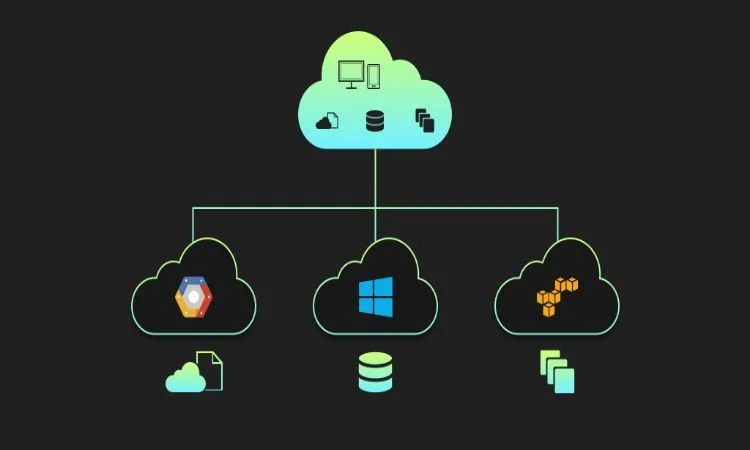Building Trust in the Age of Generative AI: The Case for Responsible Design

AI used to be something you saw in sci-fi films or read about in tech papers. Now, it’s in your inbox, on your phone, even in your doctor’s office. Tools like ChatGPT, Midjourney, and others have made AI feel almost human, smart, fast, useful. But with this rapid growth comes a tricky question: can we really trust what these systems are doing behind the scenes?
That’s where responsible AI comes in. It’s not just about stopping AI from doing something harmful, it’s about designing it in a way that prevents harm in the first place. Think of it like building a car. You don’t just hope people drive safely; you install brakes, seatbelts, and airbags to make it safer no matter what.
We’ve already seen what happens when things go wrong. An AI hiring tool that favored men over women. A chatbot that turned toxic in a matter of hours. A facial recognition system that couldn’t tell people of color apart. These aren’t isolated bugs, they’re design flaws. When you train an algorithm on biased data, you can’t be surprised when it spits out biased results. That’s why having solid AI guardrails in place is no longer optional. It’s essential.
One problem is speed. Companies are moving quickly to build and deploy AI tools. In some cases, that means skipping over the uncomfortable questions, like who’s accountable if something goes wrong? Or what happens if the model changes in ways nobody predicted? And unlike traditional software, AI doesn’t always behave the same way twice. That unpredictability makes trust even harder to earn.
The solution? Keep people in the loop. AI shouldn’t be a replacement for human judgment, it should support it. A medical AI can flag an unusual pattern in a scan, but it shouldn’t make the diagnosis alone. The same goes for legal tools, financial models, even customer service bots. Human oversight isn’t a weakness, it’s part of the safety net.
To understand where we’re headed, it helps to look at where we’ve been. The history of AI is full of hype cycles: big promises, followed by setbacks, followed by breakthroughs. This current wave feels different, more powerful, more mainstream, but the same lessons apply. Cutting corners in the name of speed always comes back to bite you.
It also helps to remember what AI isn’t. However convincing it sounds, it doesn’t think. It doesn’t feel. It doesn’t understand context the way people do. When compared to human intelligence, it’s still just a set of patterns trained on mountains of data. Useful, yes. But human? Not quite.
And that’s the heart of the issue. When machines act like people, we start treating them that way. We trust the results. We stop asking questions. But real responsibility means slowing down, asking those hard questions, and building systems that put people first, not just performance.
AI is here to stay. But if we want it to work for everyone, not just the fastest or loudest, we need to design it that way from the ground up. That’s the promise, and challenge, of truly responsible AI.

Why Smart Startups Choose Custom AI Business Solutions Today

How to Optimize Business Operations with Vending Machines in Australia

How a portable office for sale can streamline on-site operations and boost productivity

Onsite Tire Change in Ottawa : Safe Fast & Professional Tire Services

Accelerating drug discovery through the DEL-ML-CS approach

Top Reasons Law Firms Are Replacing Call Centers With TeleWizard

5 Common Multi-Cloud Networking Mistakes & Fixes

Eye-Catching Composition Techniques Using Action Camera Wide-Angle Lenses








